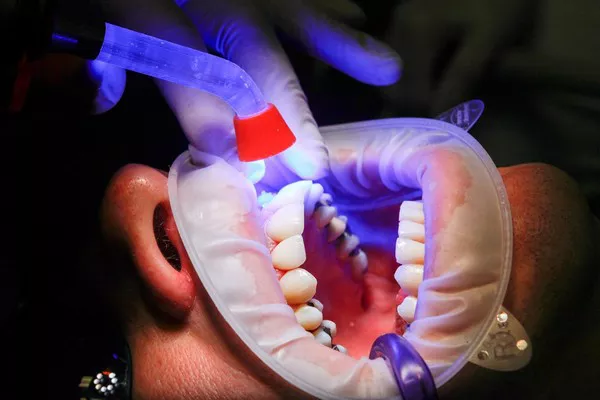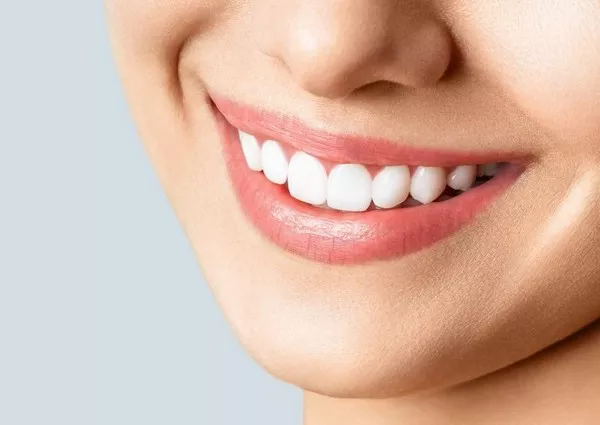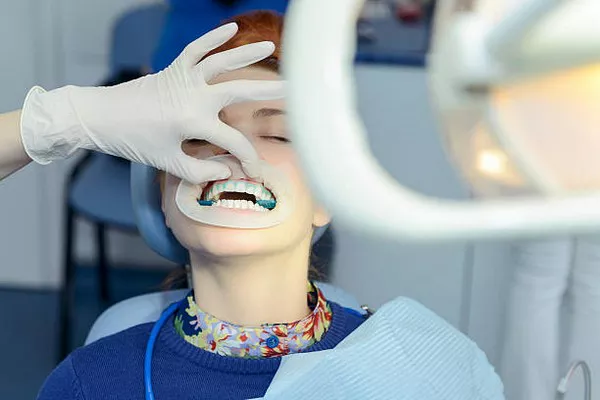Periodontal disease patients pay attention to these dietary principles, what are the characteristics of periodontal disease, periodontal disease prevalence and population, time, what is the relationship between the region?
Here are six characteristics of periodontal disease.
Six characteristics of periodontal disease 1. Population differences The prevalence of periodontal disease is directly related to age and increases with age.
Children may develop gingivitis from 5 to 6 years of age, reaching a peak in adolescence (12 to 14 years of age), then declining slightly but remaining at a fairly high level until old age.
The difference between the sexes is more male than female.
In addition, generally, the periodontal health status of urban residents is better than that of rural residents, and periodontal disease is also different among different ethnic groups.
2. The prevalence of gingival diseases in children and adolescents in industrialized countries was high in the early 1960s, similar to that in developing countries.
However, due to the development of dental public health and the adoption of extensive preventive health care measures, dental disease in the population has been effectively controlled. Firstly, the prevalence of caries and gingivitis in children has continued to decline, and then expanded to adults.
3. Regional differences in 1983, the World Health Organization (WHO) published the community periodontal treatment need index in some countries, and the level of calculus detected in adolescents aged 1-5 to 19 years is divided into 5 grades. The prevalence of periodontal disease worldwide is: the prevalence of periodontal disease is low in developed countries.
The prevalence is high in developing countries.
The characteristic of this disease is closely related to the development of oral preventive health care and the implementation of oral preventive health care measures.
Oral health care among the population in an organized and planned manner.
Various oral health education activities should be held regularly to improve the oral health awareness of the population, which plays an important role in improving the health level of periodontal tissue.
4, oral hygiene status Oral hygiene is directly related to periodontal health.
Good oral hygiene, usually plaque is removed thoroughly, gingivitis, periodontal disease prevalence is low.
5, long-term use of birth control pills will also aggravate gum inflammation.
The main reason is that after long-term contraceptive use, sex hormones are increased, and mast cells in the gingival are destroyed and histamine and proteolytic enzymes are released, which aggravates the response of local gingival stimulation and aggravates gingival inflammation. This phenomenon is similar to gingival inflammation during pregnancy.
Therefore, for women who take contraceptive pills for a long time, it is necessary to strengthen oral hygiene guidance and timely treatment of existing gingivitis, so as to minimize or avoid the occurrence of gingivitis.
6. Smoking factors Smoking is harmful to human health.
In addition, smokers had a higher rate of plaque formation than nonsmokers.
Periodontal disease dietary rules 1, supply a variety of vitamins.
Including B vitamins, vitamin C, vitamin D, vitamin E and folic acid.
B vitamins aid digestion and protect oral tissues;
Vitamin C can adjust the nutrition of periodontal organization, can promote gingival bleeding recovery, be helpful for the rehabilitation of periodontal disease.
2. Eat a rich, high-protein diet.
It can enhance the body’s resistance and anti-inflammatory ability, and provide raw materials necessary for the repair of damaged tissues.
Eat more soy products, eggs, milk, lean meat, fish and shrimp, rich in protein food.
3. Pay attention to your mineral intake.
In particular, the intake and proportion of calcium, phosphorus and zinc, which can fight infection and enhance healing.
4, eat less greasy, stimulating food.
The OILY FOOD THAT FRIED, OILY FRY AND BAD GOODS, Marine GOODS, GARLIC, LEEK, TOBACCO AND OTHER EXCITANT FOOD SHOULD EAT LESS, EAT SUGAR AND REFINED SUGAR LESS, BECAUSE SUGAR BRINGS ABOUT PLAQUE TO FORM AND PREVENT LEUCOCYTE TO DESTROY BACTERIUM.
5. Vitamin A can prevent periodontal disease, strengthen the resistance of enamel, and enhance the vitality of epithelial cells in periodontal tissue.






























